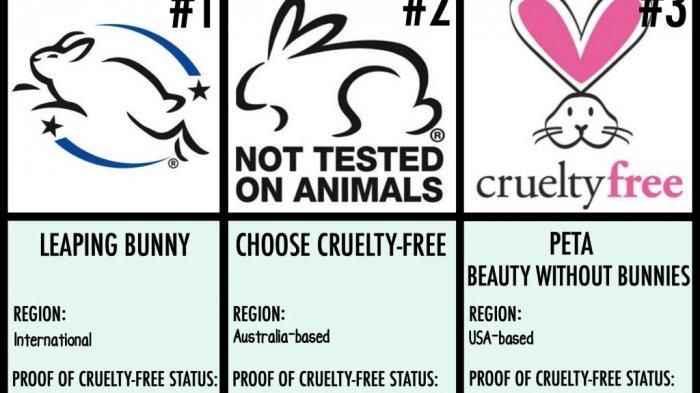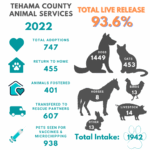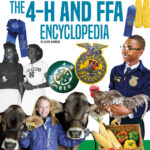In the intricate tapestry of consumer ethics today, two phrases—“cruelty-free” and “not tested on animals”—often intertwine, blurring the lines between compassion and the harsh realities of product development. It is crucial to understand these terms, as they resonate with deep implications for our furry companions and the ethical choices we make. Like threads in a loom, each term contributes its own significance, creating a complex pattern that reflects our commitment to animal welfare.
At first glance, the two labels appear interchangeable, as if they’re two sides of the same coin. However, delving deeper reveals a chasm between them, akin to the difference between a surface-level impression and the profound currents that lie beneath. When a product is labeled as “cruelty-free,” it suggests that no animals were harmed in its creation. Conversely, “not tested on animals” may convey a lack of animal testing, but it does not inherently imply that the product embodies an unwavering dedication to ethical standards throughout its entire lifecycle.
The term “cruelty-free” signifies a broader ethical stance, often governed by a company’s policies and values. It embodies a promise, a commitment that transcends the act of animal testing alone. This term reflects a methodology that respects animal lives, endorsing practices that bypass all forms of animal exploitation throughout the production process. It conjures images of a tranquil farm, where animals roam freely, unfettered by the shackles of confinement, symbolizing their intrinsic value and rights to coexist with humans in harmony.
Conversely, when we encounter the term “not tested on animals,” we should tread with caution. It is a declaration that suggests the absence of animal trials but leaves many questions unanswered. A product may contain ingredients sourced from suppliers who still engage in animal testing, thus failing to uphold the ethical standards encompassed by the “cruelty-free” label. This distinction is emblematic of a half-measure, akin to a beautifully decorated cake that, upon slicing, reveals a hollow core—lacking substance where it is most needed.
To fully appreciate the divergence between these two labels, it is vital to unpack their implications. For one, the definition of “tested on animals” often varies across regions and regulatory environments. In some areas, governmental regulations may allow limited forms of testing, thereby creating a loophole for companies to exploit. This is particularly pernicious in industries where the demand for efficacy drives manufacturers to seek evidence of a product’s performance through means that are contrary to ethical standards.
Furthermore, the lack of a unified definition for these terms across different organizations and certifying bodies adds an additional layer of complexity. While some organizations, like Leaping Bunny and PETA, offer rigorous certification processes for cruelty-free products, others may adopt more lenient criteria that permit questionable practices. Thus, consumers navigating this labyrinth of information must arm themselves with discernment, knowing that not all cruelty-free claims are created equal.
Critically, the ethos behind cruelty-free products extends beyond their formulation. It encompasses company transparency, ethical sourcing, and a holistic approach to animal welfare that permeates every aspect of a business’s practices. When a brand commits to being cruelty-free, it embraces rigorous standards that often encourage alternatives to animal testing, such as in-vitro methodologies and advanced technological simulations. This is a significant leap, akin to stepping from the shadows of ignorance into the illuminating dawn of ethical responsibility.
Moreover, the consumer’s role in this dynamic cannot be overstated. As they embark on their quest for ethical products, they wield the power of choice. Every purchase serves as a vote for the values they wish to promote. By supporting brands that genuinely embody “cruelty-free” principles, we collectively champion a movement that is rooted in compassion, urging a shift away from the antiquated notions of animal testing toward a more humane approach.
In the broader narrative of animal advocacy, understanding the nuanced difference between “cruelty-free” and “not tested on animals” serves as a pivotal reflection of our societal values. As awareness grows, so too does the responsibility of both corporations and consumers to engage in ethical practices that respect and cherish our fellow inhabitants of this planet. The symbolism inherent in cruelty-free products serves as a reminder—much like the fabled phoenix rising from the ashes—representing a rebirth of ethical considerations in consumerism.
In conclusion, educating ourselves about the distinctions between these terms is not merely an academic exercise; it is a pathway toward fostering a more compassionate world. The journey requires vigilance and discernment, urging consumers to dig deeper into labels and claims made by brands. By promoting truly cruelty-free practices, we not only safeguard the well-being of animals but also contribute to a legacy of ethics that speaks to the soul of humanity itself.






